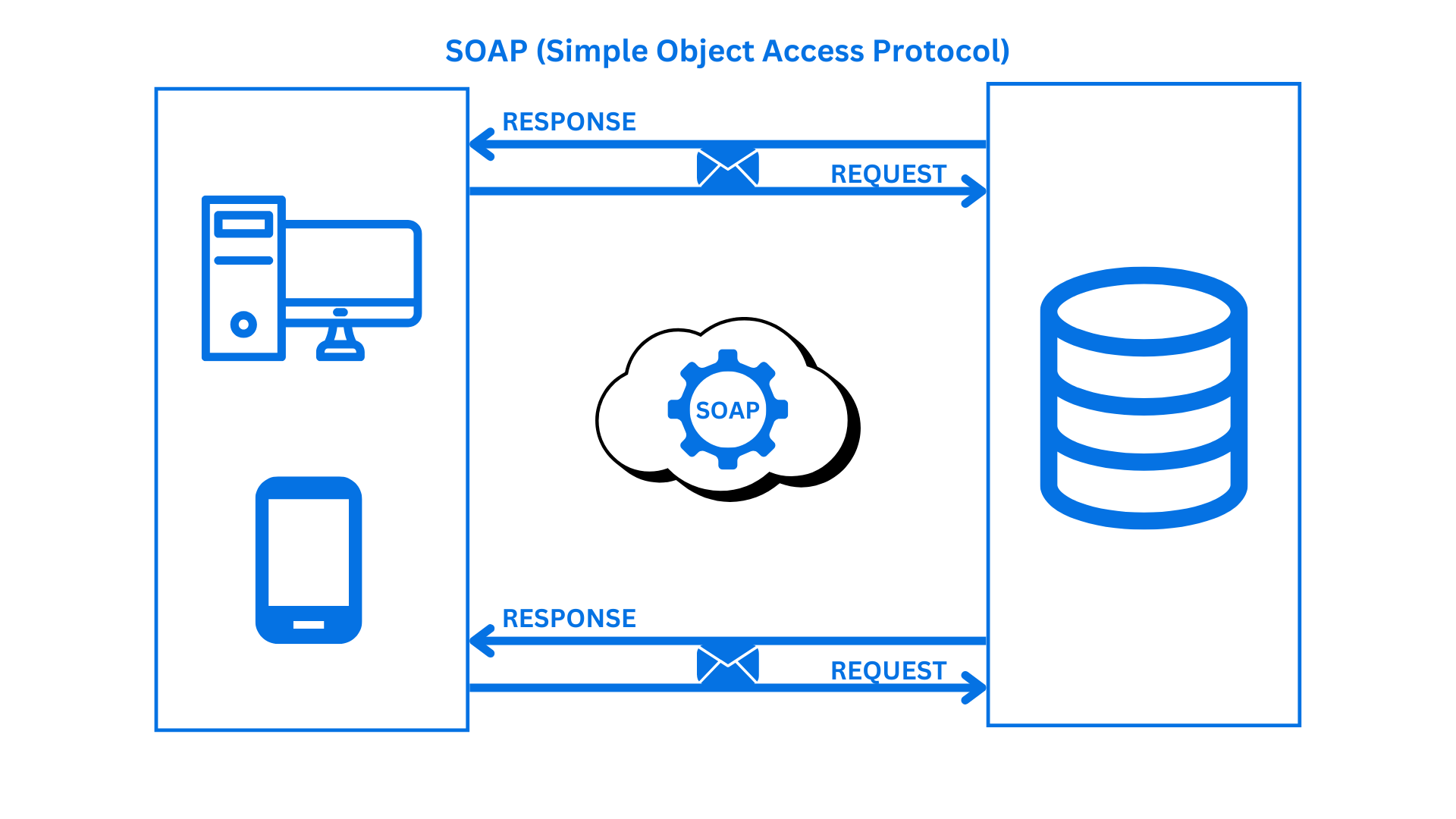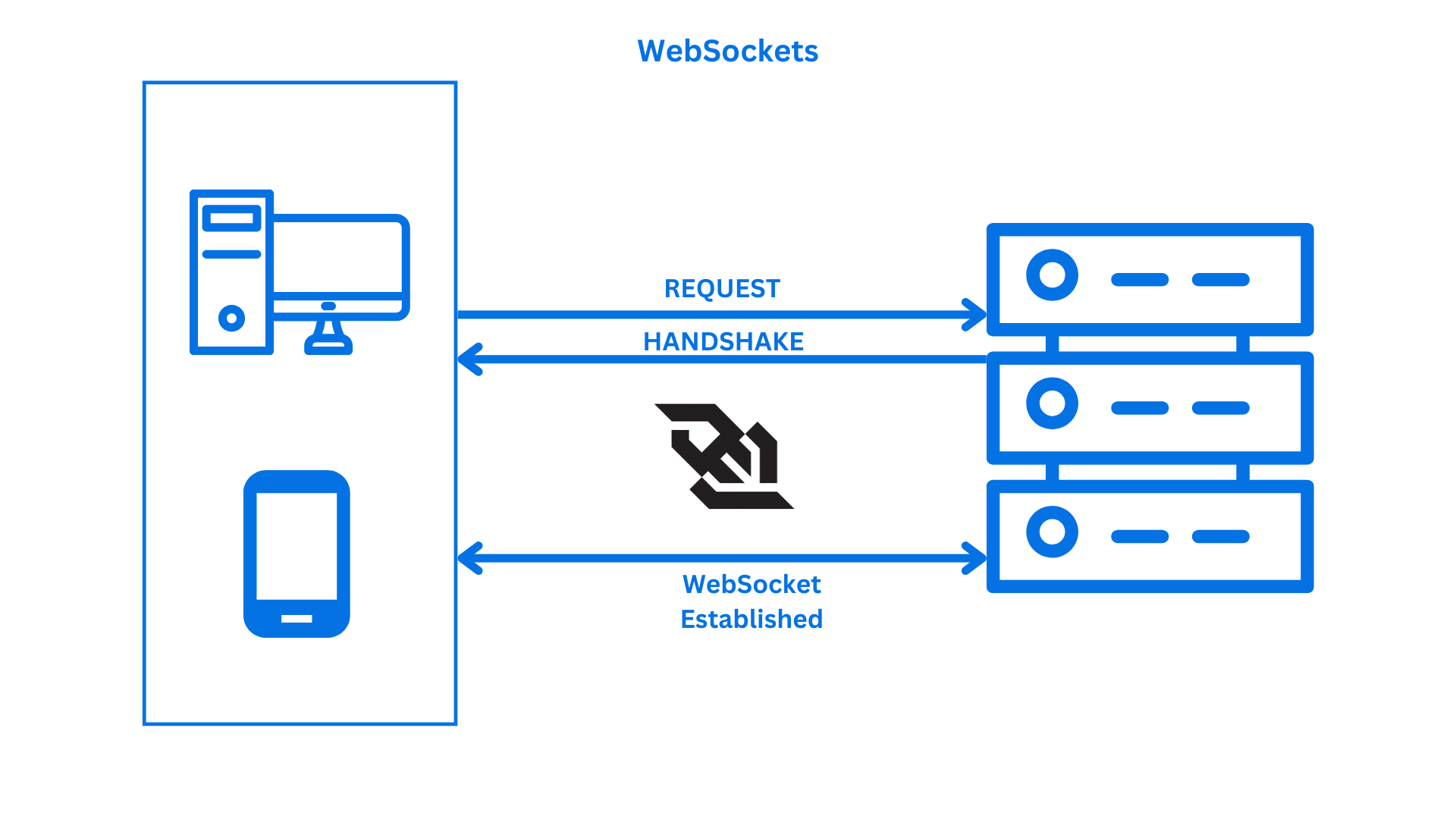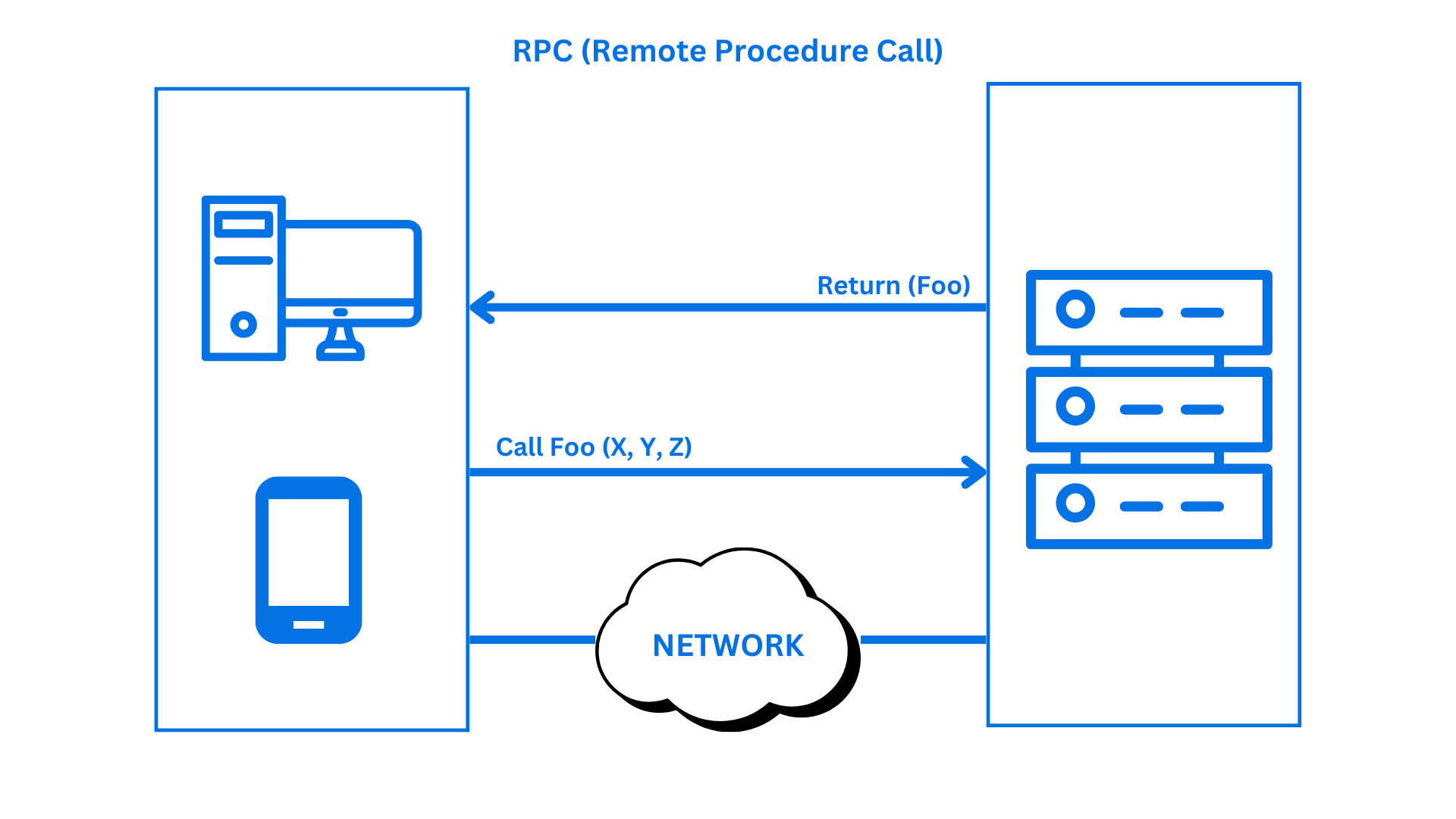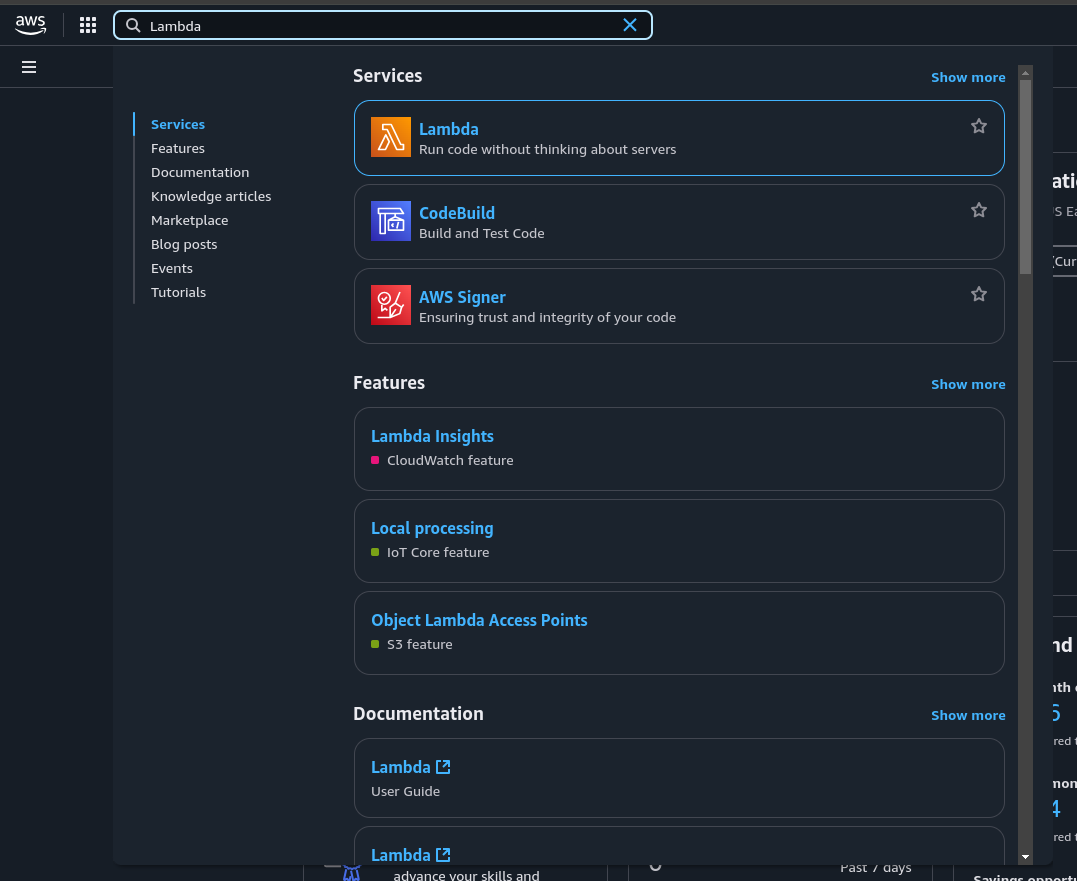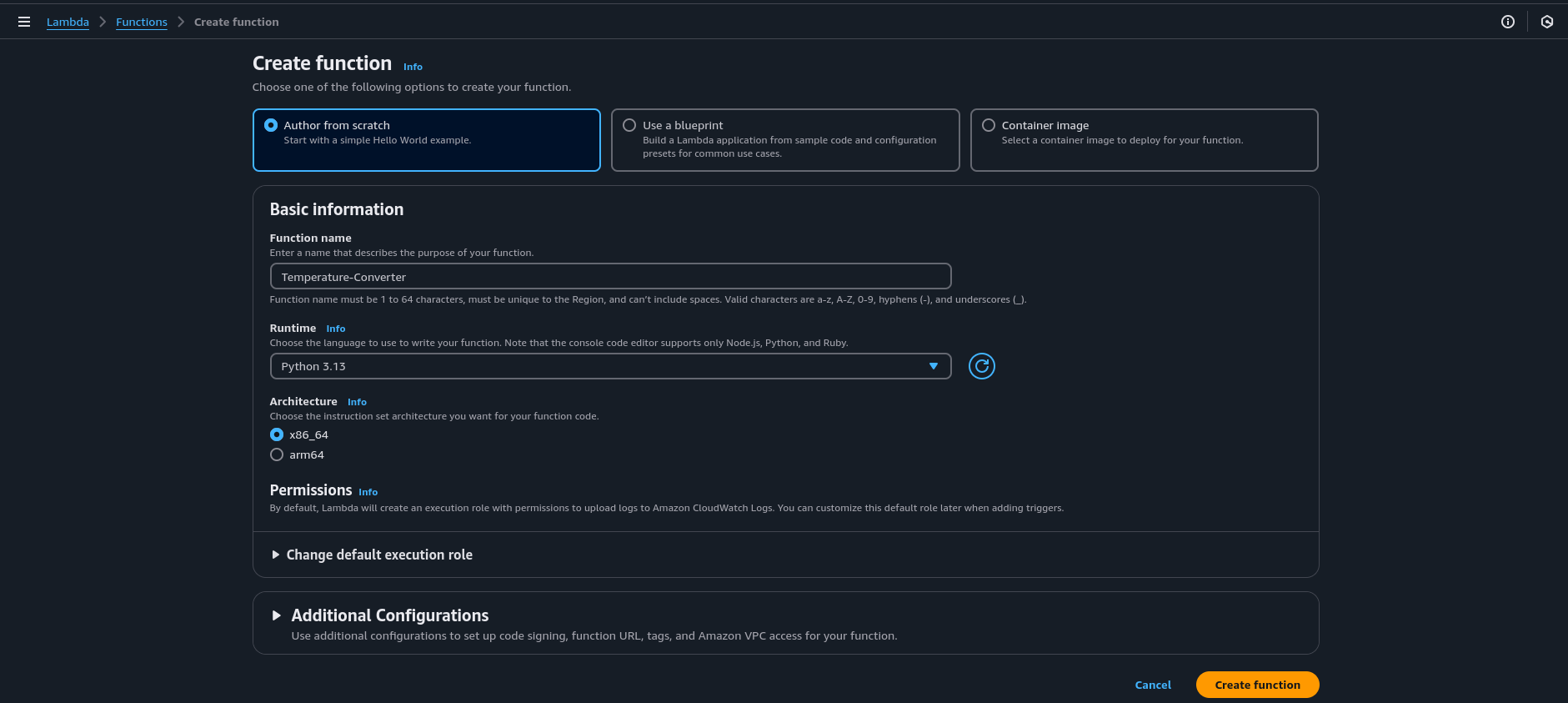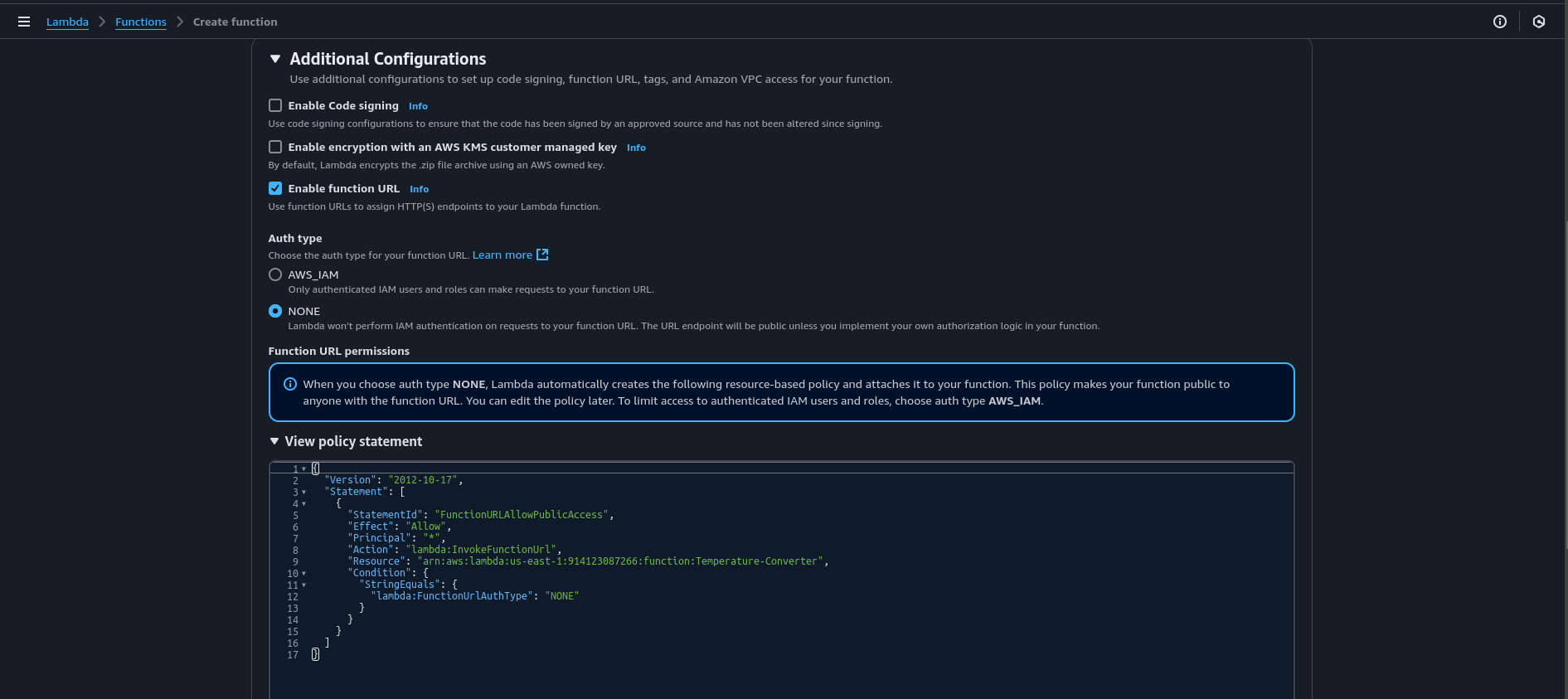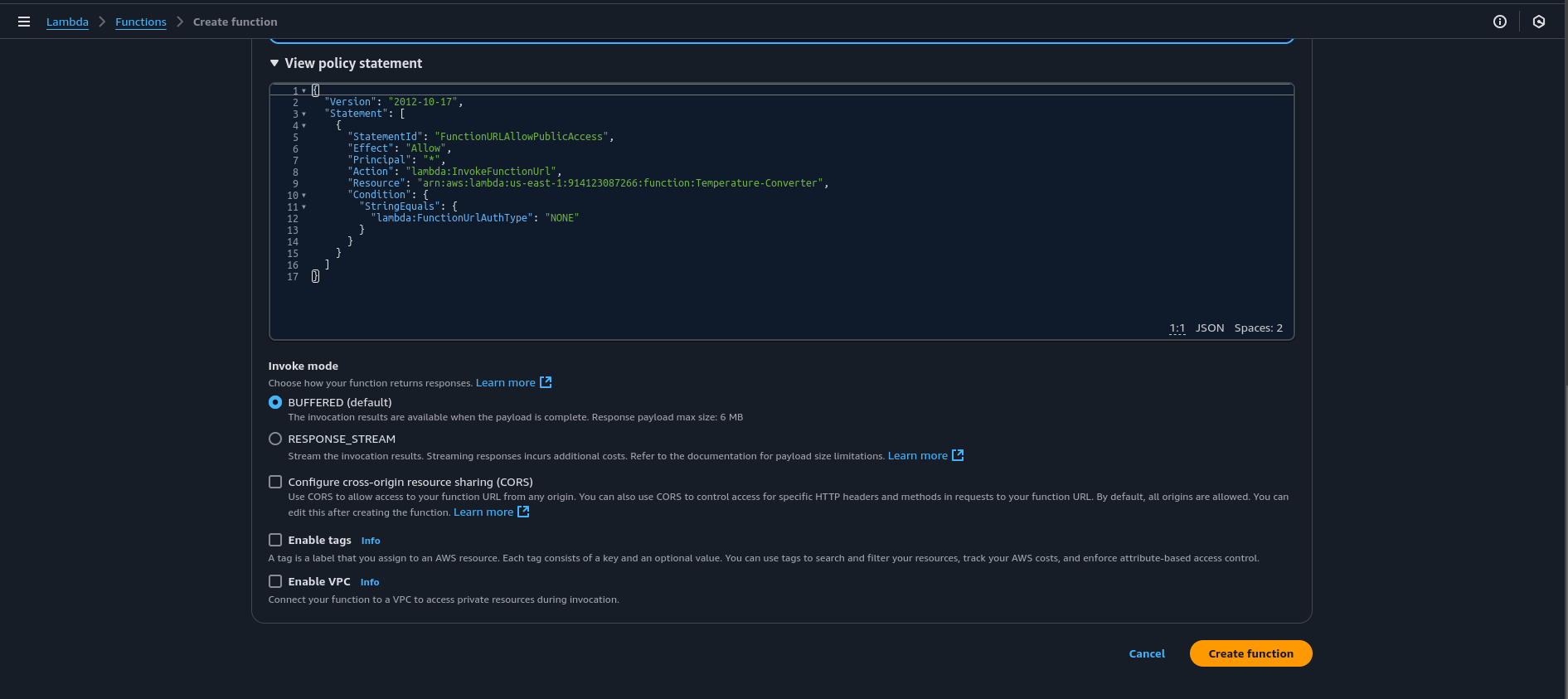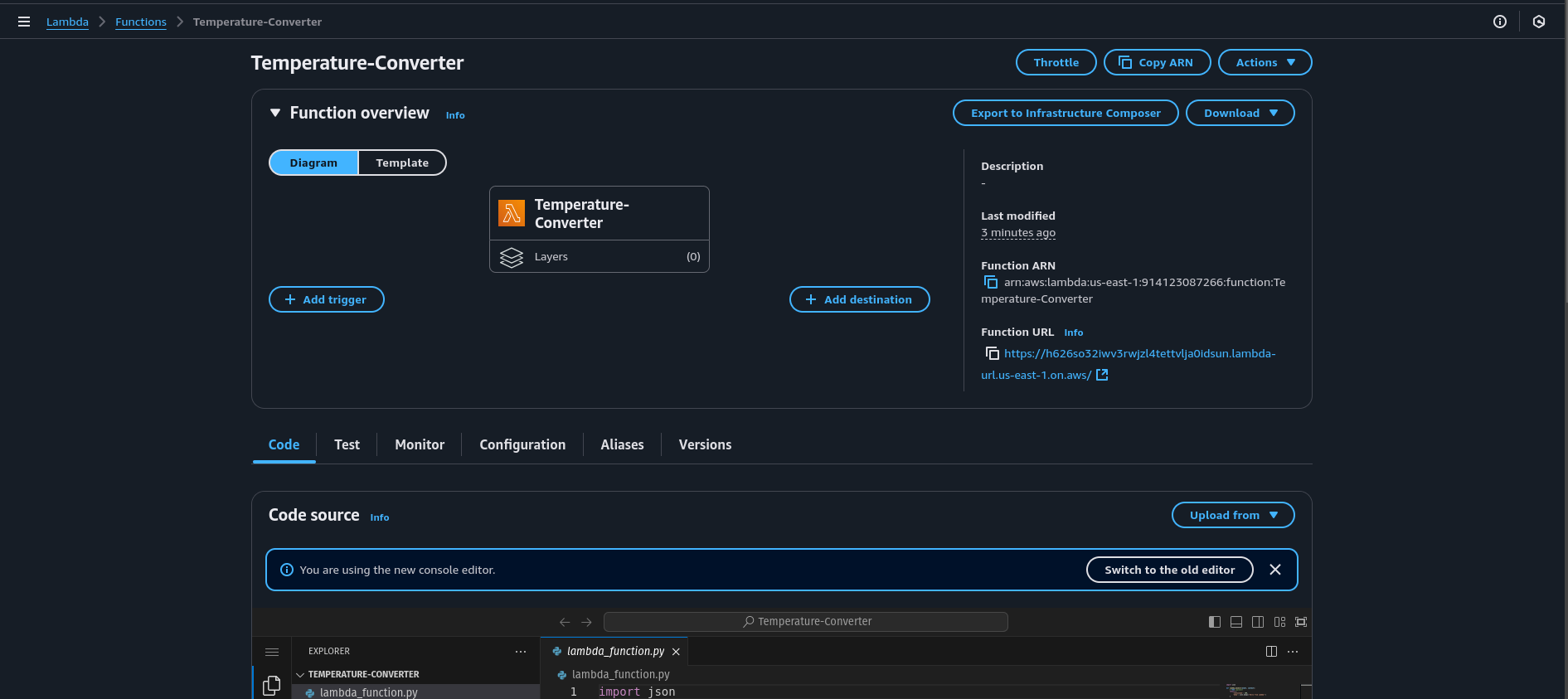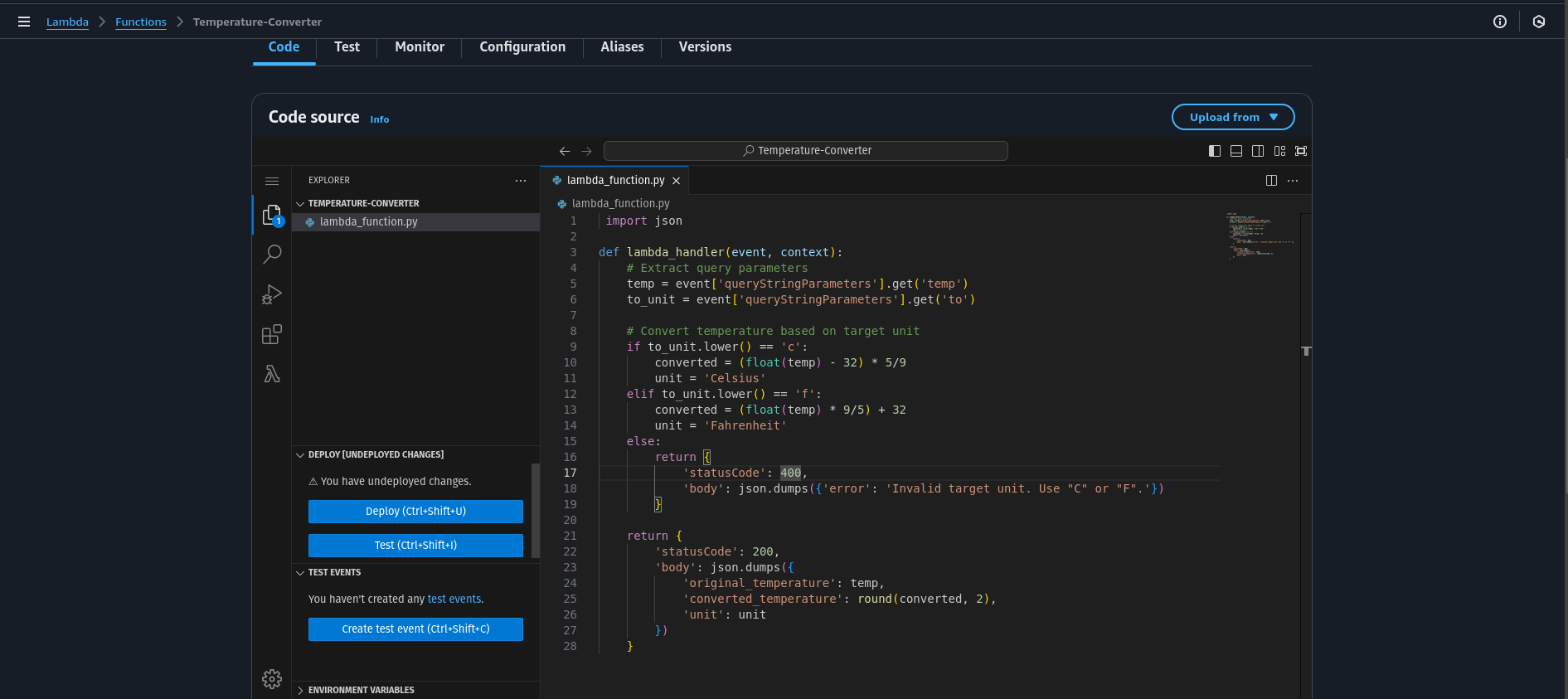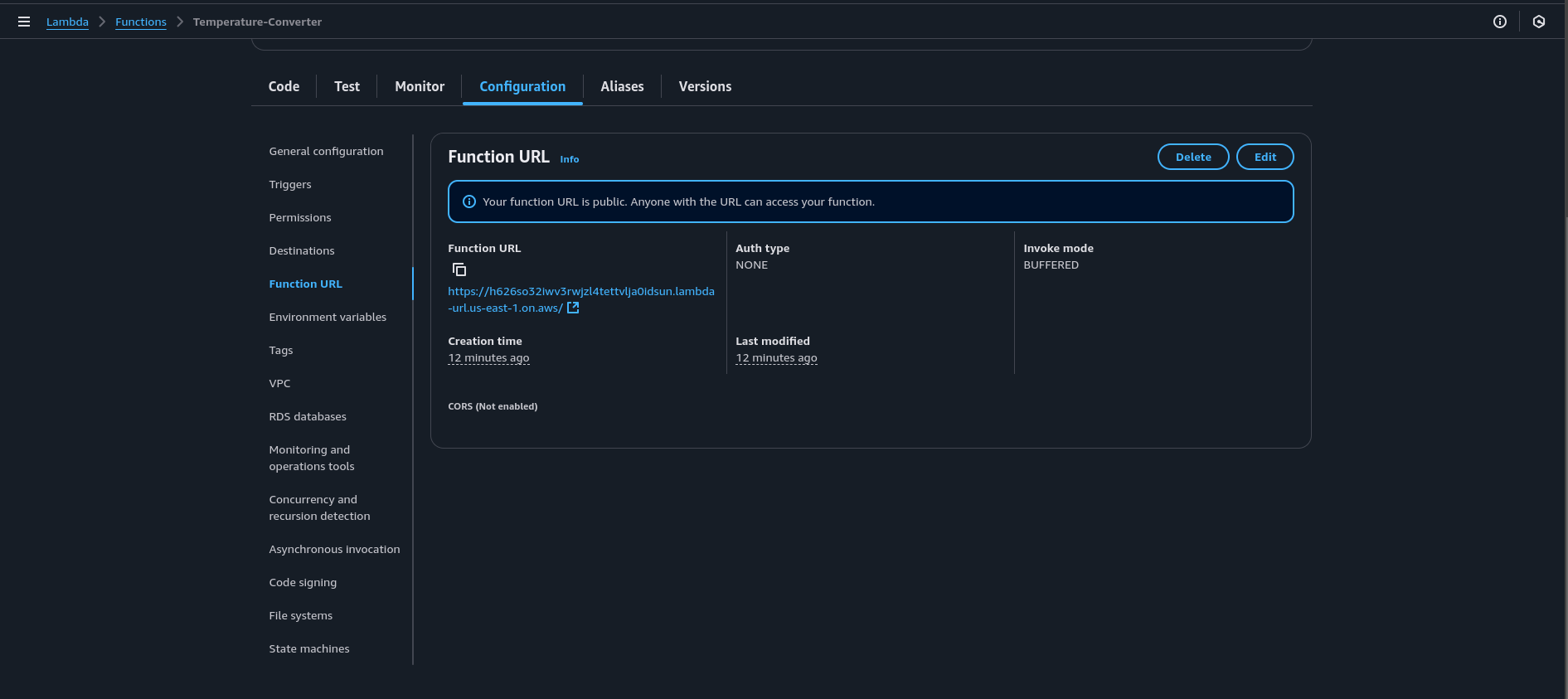In this blog, I will guide you through understanding the various types of APIs. You’ll learn about different API classifications you can use for your next project and when to implement each one. This high-level overview of API varieties will expand your knowledge and help you become well-versed in how each API functions.
What is an API? (Application Programming Interface)
An API or Application Programming Interface acts as a bridge between different software allowing them to communicate, share data, and functionalities effortlessly.
Think of it this way: Imagine a customer, a waiter, and the kitchen. The waiter acts as the API. When you the customer requests food or a drink the waiter takes your request and conveys it to the kitchen. The kitchen then prepares your order and the waiter delivers it back to you efficiently and quickly.
Why Are APIs So Popular?
Developers can use various software or systems without the need to understand how these systems work internally. They just only need to know what the API requires and what it returns therefore allows them to build applications without delving into the complexities of each system. This gives developers the opportunity innovate since they can create unique, feature-rich applications faster and with more experimentation.
A good example of this is the AWS Boto3 which provides a powerful API in the form of a package and functions to interact with different AWS Services like Amazon S3, Amazon DynamoDB, and many more allowing developers to use it easily.
Types of APIs
APIs come in various forms, with each form designed for specific use cases and architectural styles. Understanding the differences between each type helps you select the right API for your project.
REST (Representational State Transfer)
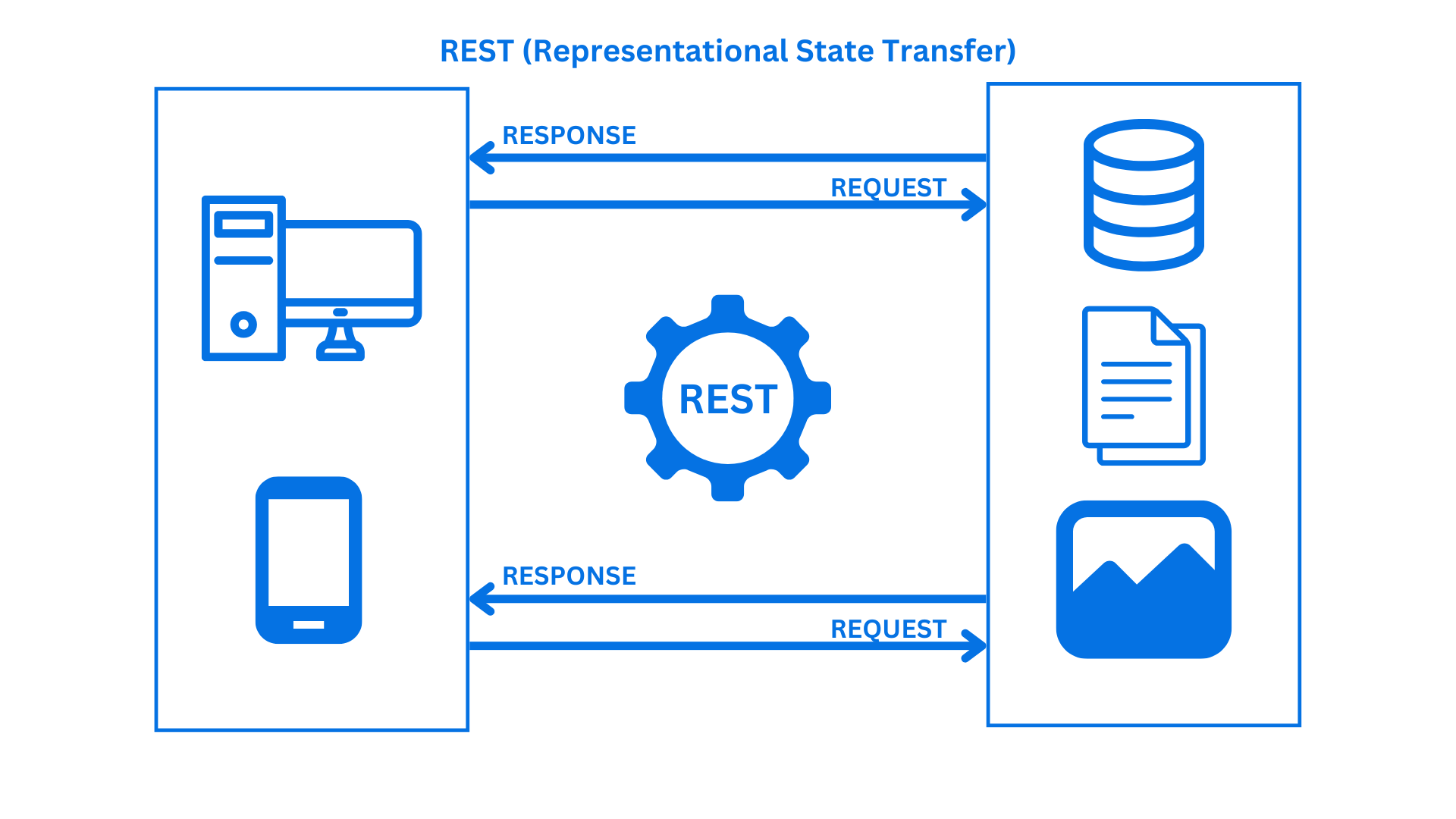
Key Features
- Stateless Communication: Each request contains all the information needed. The server doesn’t retain any information about previous requests.
- Resource-Oriented:Developers treat everything as a resource and access them through unique URLs. For example, to list blog posts, you might visit
https://tutorialsdojo.com/blog/. - Highly Scalable: Independent requests allow REST APIs to handle many requests efficiently, making them ideal for busy applications
GraphQL
What is GraphQL? Developed by the people at Meta, it acts like a query language for APIs that allows clients to request exactly the data they need. Compared to REST, which exposes fixed endpoints for the resources you need GraphQL excels at providing a more flexible and efficient way to interact with APIs.
Key Features
- Flexibility: Clients or Applications requesting for data are able to specify which and what data they need therefore they can also structure the response they want. A benefit of this is that it solves the problem of over-fetching meaning fetching too many information that they don’t need and solves the under-fetching meaning they don’t need to make another request just to complete the data they need.
- Strongly Typed: GraphQL APIs are defined by a type system which ensures that clients and servers have a clear contract about the data being exchanged.
- Single Endpoint: Unlike REST which have multiple URL for different resources. GraphQL only uses a single URL for all queries (requests for reading or getting data) and mutations (requests for adding, updating, or deleting data).
SOAP (Simple Object Access Protocol)
What is SOAP? Soap stands for Simple Object Access Protocol. Among the other Type of APIs mentioned in this blog, SOAP is the strictest when it comes to structure and how a request is sent, opening of request, processing, sending the proper response, and opening the response. Think of SOAP as the stricter version of REST because unlike it, SOAP follows strict standards for a request to go through since it also offers a higher level of security via Web Services Description Language.
Key Features
- XML-Based: SOAP messages use XML, making them highly extensible and platform-independent.
- Strict Standards: SOAP requires a WSDL contract to clearly define services, ensuring standardized communication between client and server.
- Built-In Error Handling: SOAP includes mechanisms for handling errors through standardized fault messages, enhancing reliability for complex transactions.
- Stateful Operations: SOAP supports maintaining context across multiple requests, which is beneficial for multi-step transactions.
Websockets
What is a Websocket? It is a communication protocol that provides full-duplex communication channels (allows data to be transmitted in both ways unlike REST, GraphQL, and SOAP which only works in a Request and Response way) over a single and long-lived connection. Also, websockets allow real-time data exchange between the client and server without the need of establishing a new connection for each interaction.
Key Features
- Real-Time Communication: Enables instant data transfer, ideal for applications requiring real-time updates.
- Persistent Connection: Once you establish a connection, it remains open, allowing continuous communication without repeated handshakes.
- Bidirectional: Both client and server can send and receive data anytime, fostering interactive and dynamic interactions.
- Low Latency: Reduces latency by maintaining a persistent connection, enhancing performance for time-sensitive applications.
RPC (Remote Procedure Call)
What is RPC? RPC stands for Remote Procedure Call. It is a protocol that enables a program to request a service from a program located on another computer in a network making it like the remote service as if it is a local procedure call. Basically this is like when an application needs to process data that instead of giving the data to another application and offload the processing to that another application RPC allows the application requesting to process the data to use the local function or procedure of that another application that can process the data. In short words, an application can use the function that the other application has as if it is part of the requesting application.
Key Features
- Procedural: Emphasizes on executing functions on the server rather than manipulating resources. Makes it suitable for operation that are action-based rather than resource-based.
- Various Formats: Utilizes different data formats for encoding the procedure calls and responses like JSON-RPC or XML-RPC in which allows it to be adaptive to various communication needs.
- Synchronous Communication: RPC in nature are synchronous means that the client waits for the server to process the request and return a response.
Let’s Try to Create a Simple API Using AWS Lambda Function URL
Let’s now have a practical example using AWS Lambda Function URLs since this is the easiest way to create an API that is already usable and help you experience how to build an API. Our example will be simple API that converts temperature from Celsius to Fahrenheit and vice-versa.
First head to the AWS Console and Search for Lambda, then click the first result and will be redirected to the AWS Lambda Page.
Next is to Create an AWS Lambda Function.
- Choose Author from scratch
- For function name put Temperature-Converter
- Runtime: Python 3.13
- Architecture: x86_64
- Click the dropdown for Additional Configurations and set the following
- Enable Function URL
- Auth Type is NONE
- Set Invoke Mode to Default
- Then Click the Create Function
You will be redirected here after creating the function and start writing the code
Inside the Code Source copy and paste this code
- After pasting the code, click deploy to deploy the AWS Lambda Function
After Deploying the Lambda Function, click Configuration and click the Function URL
- Copy the URL under the Function URL
- then go to this website to test your API API Tester
- Put the URL you copied and add these query parameters after the URL: https://your-function-url.lambda-url.region.on.aws/?temp=100&to=C
Conclusion
APIs serves as the backbone of modern software development that enables seamless communication between diverse systems and fostering innovation. Being well-versed to the different types of APIs which were discussed in this blog REST, GraphQL, RPC, SOAP, and Websockets gives developers the knowledge to choose the appropriate tool for the specific needs of their application thus ensuring efficient and effective application development. Whether building a scalable web service, a real-time application, or complex enterprise system choosing the right API type is crucial for the success of the project.



